PHP Tutorial: A Beginner's Guide with Examples and Code

PHP is a widely-used server-side scripting language that powers dynamic websites and web applications. In this tutorial, we will explore the fundamentals of PHP, providing you with examples and code snippets to help you understand and start coding in PHP.
Setting Up PHP
To get started with PHP, you need to set up a local development environment. You can install PHP on your computer by downloading the latest version from the official PHP website (https://www.php.net/downloads.php). Additionally, you'll need a web server like Apache or Nginx to run PHP files. Alternatively, you can use tools like XAMPP or WAMP that provide a bundled environment with PHP, Apache, and MySQL.
Creating Your First PHP File
Once you have PHP installed, create a new file with a .php extension. Let's start with a simple "Hello, World!" example:
<?php
echo "Hello, World!";
?>
In this example, we use the echo statement to output the string "Hello, World!". When you access this PHP file through a web server, you'll see the message displayed on the webpage.
Variables and Data Types in PHP
PHP allows you to declare variables and work with different data types. Here's an example that demonstrates variable declaration and output:
<?php
$name = "John";
$age = 25;
$isStudent = true;
echo "Name: " . $name . "<br>";
echo "Age: " . $age . "<br>";
echo "Is Student: " . ($isStudent ? "Yes" : "No") . "<br>";
?>
In this example, we declare variables $name, $age, and $isStudent with their respective values. We use the concatenation operator (.) to combine strings and variables in the echo statements.
Conditional Statements and Loops
PHP provides conditional statements and loop structures to control the flow of execution. Here's an example of an if statement and a for loop:
<?php
$num = 10;
if ($num > 0) {
echo "The number is positive.";
} elseif ($num < 0) {
echo "The number is negative.";
} else {
echo "The number is zero.";
}
for ($i = 1; $i <= 5; $i++) {
echo $i . "<br>";
}
?>
In this example, we check the value of the variable $num using an if statement and output the corresponding message. Then, we use a for loop to print numbers from 1 to 5.
Working with Functions
Functions allow you to group code into reusable blocks. Here's an example of a function that calculates the sum of two numbers:
<?php
function addNumbers($a, $b) {
return $a + $b;
}
$result = addNumbers(3, 5);
echo "Result: " . $result;
?>
In this example, we define a function addNumbers that takes two parameters ($a and $b) and returns their sum. We call the function with arguments 3 and 5 and output the result.
Conclusion: This tutorial provided you with an introduction to PHP and covered essential concepts such as creating PHP files, working with variables and data types, conditional statements, loops, and functions.
PHP offers a wide range of features and functionalities that enable you to build dynamic and interactive web applications. To deepen your PHP knowledge, explore further resources, practice writing code, and start building your own PHP projects.
Happy coding with PHP!
Categories : PHP
Tags : PHP tutorial PHP examples PHP code server-side scripting PHP for beginners PHP basics PHP data types PHP functions PHP conditional statements PHP loops

Abhay Dudhatra
0 Comments
Related Articles
Access specifier in php
 By Praful Sangani -
July 20,2022
By Praful Sangani -
July 20,2022
Access Prev Next Post Navigation from Laravel Blad...
 By Praful Sangani -
July 21,2022
By Praful Sangani -
July 21,2022
Laravel 8 Custom User Login and Registration Examp...
 By Praful Sangani -
July 19,2022
By Praful Sangani -
July 19,2022
Categories
Laravel
48React
17CSS
4jQuery
3PHP
19JavaScript
53HTML
4Python
30Node.js
2Git
8Bootstrap
15MySQL
7WordPress
27Popular Articles

WordPress Add Posts #16
August 04,2022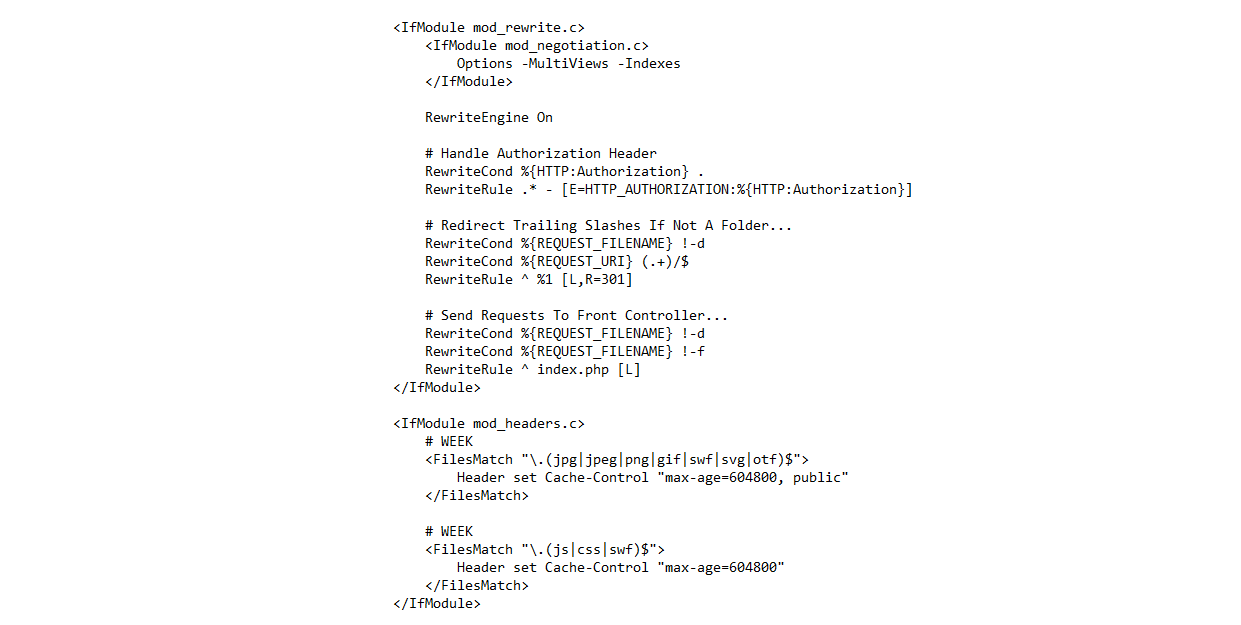
GZIP and Browser Cache a website wi...
July 21,2022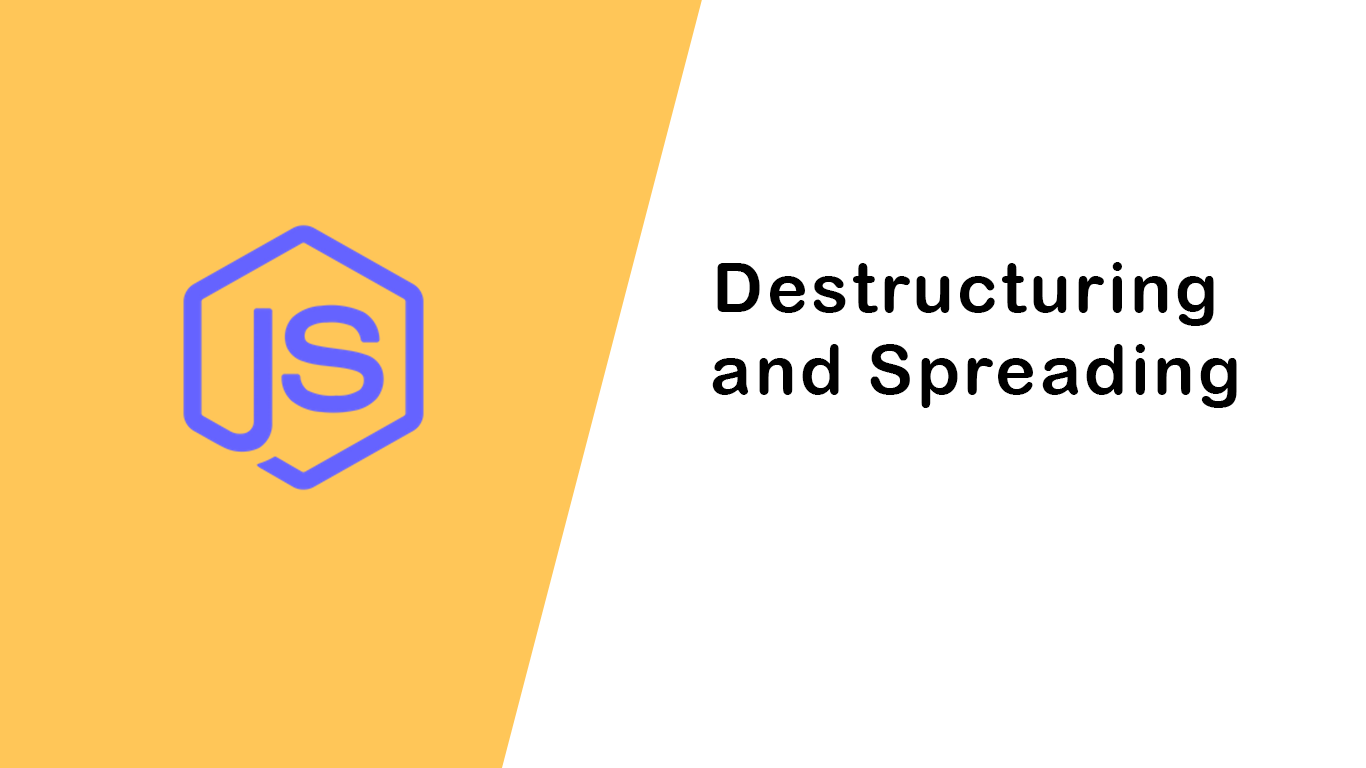
Destructuring and Spreading
August 13,2022
Import Export CSV And Excel File in...
July 22,2022
Laravel 8 Custom User Login and Reg...
July 19,2022Featured Articles

Laravel 9 Custom Login and Registra...
May 11,2023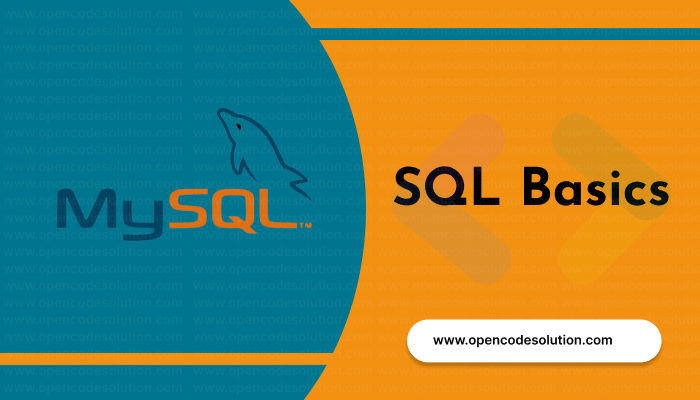
SQL Basics: A Beginner's Guide to S...
May 05,2023
Generating PDF Files in Laravel Usi...
April 26,2023
Laravel Image Intervention: A Guide...
April 26,2023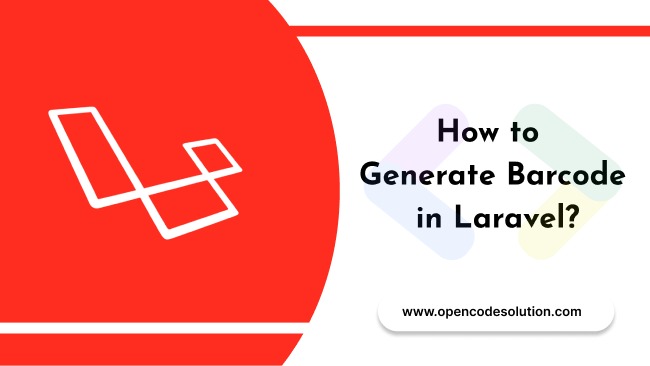
How to Generate BarCode in Laravel?
April 26,2023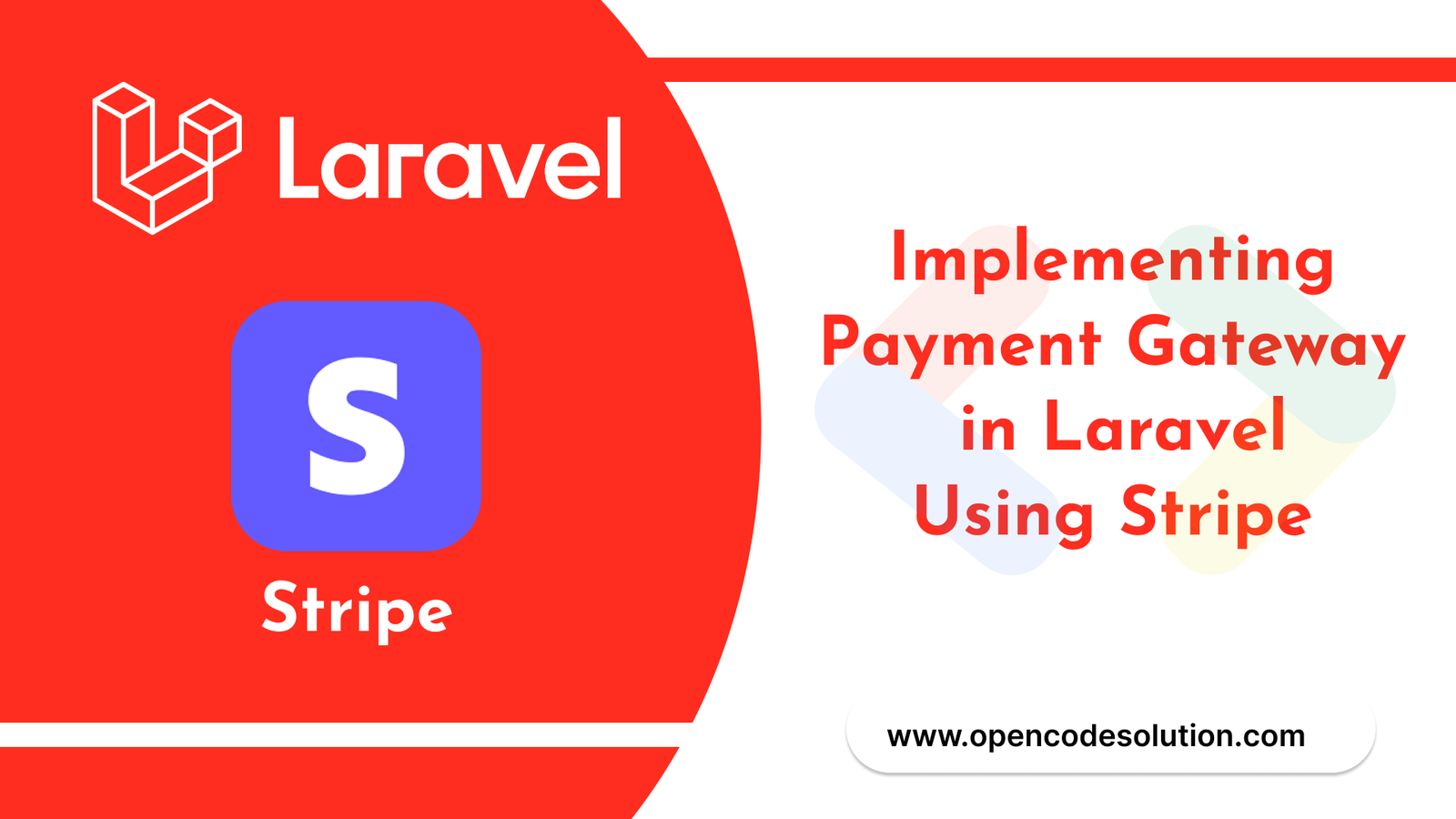
Implementing Payment Gateway in Lar...
March 26,2023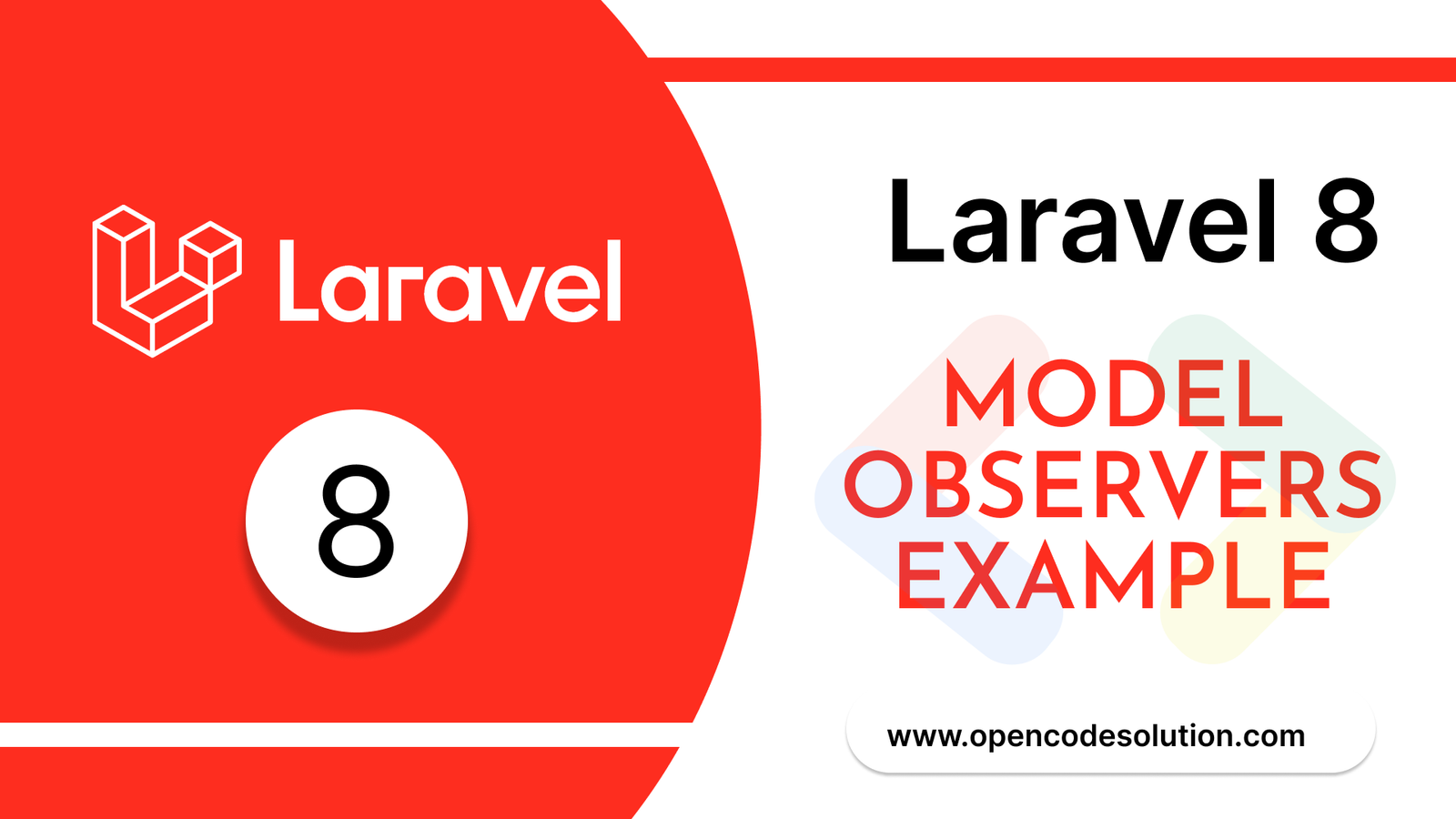
Laravel 8 Model Observers Example T...
March 10,2023
How to use Forelse loop in Laravel...
August 08,2022
What Is Wordpress #1
August 04,2022
Bootstrap Alerts
August 03,2022
Essential JS for PHP
August 03,2022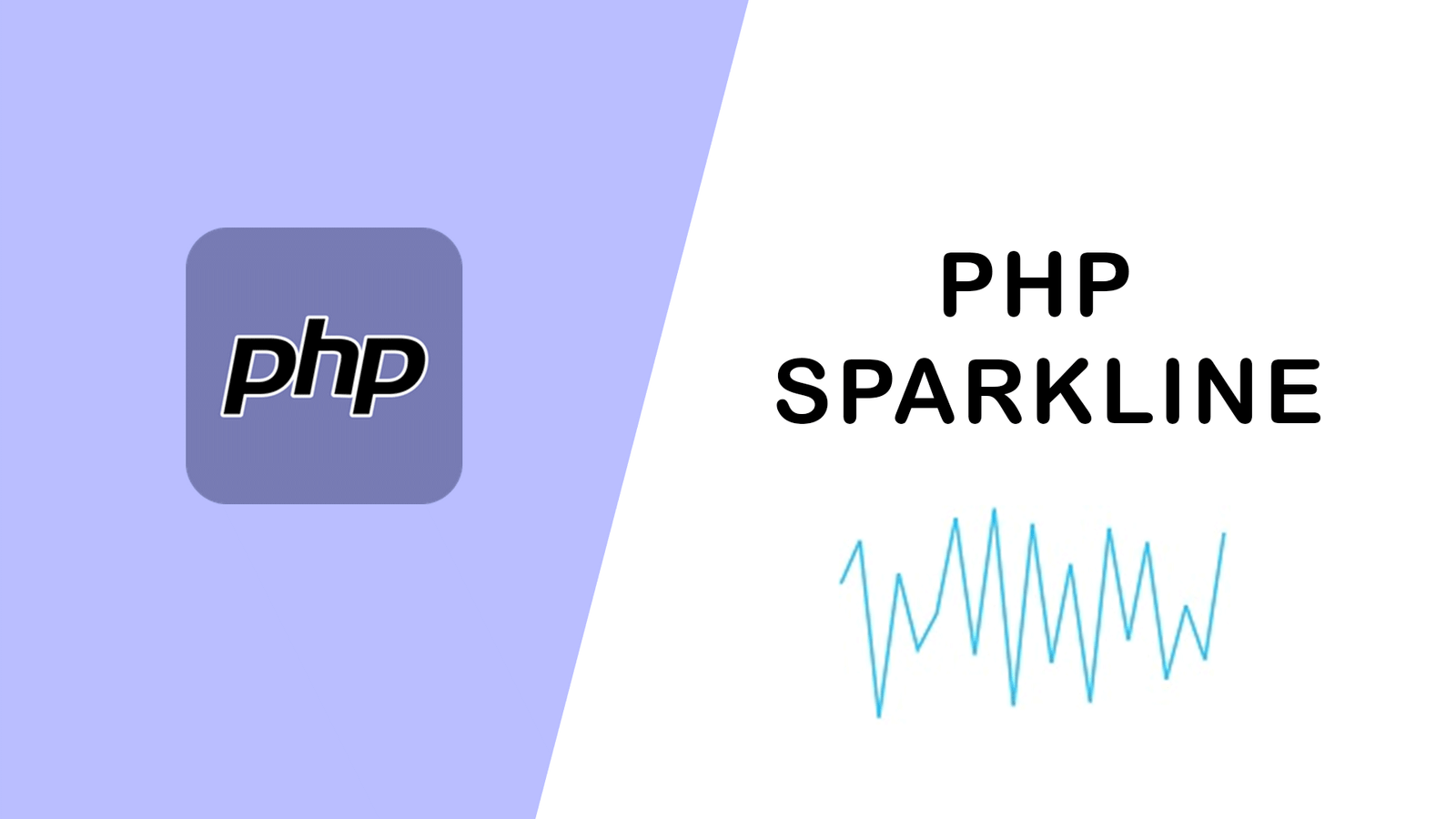
PHP Sparkline
August 03,2022
Groups in React Textbox
August 03,2022
JavaScript exercise-examples for Be...
August 03,2022
Create Social Login In Laravel With...
August 01,2022
Using Laravel Model Factories
July 30,2022
How to Include Bootstrap 5 in our w...
July 28,2022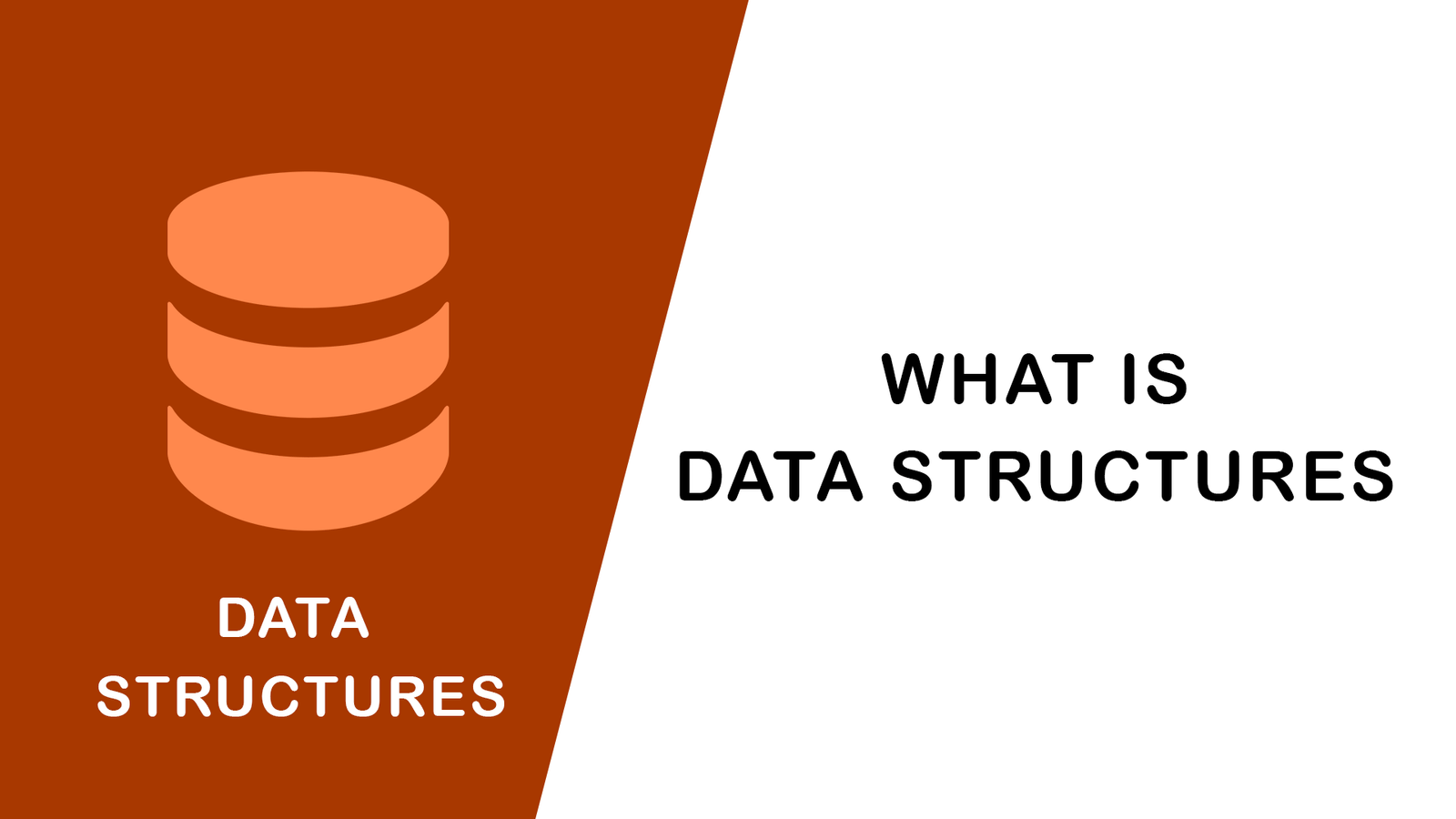
What Is Data Structures ?
July 28,2022
How to Validate Your Laravel App's...
July 27,2022
TOP 10 PROGRAMMING LANGUAGES USED B...
July 27,2022
Create Select Options from Enums, L...
July 27,2022
Fast Paginate for Laravel 9
July 27,2022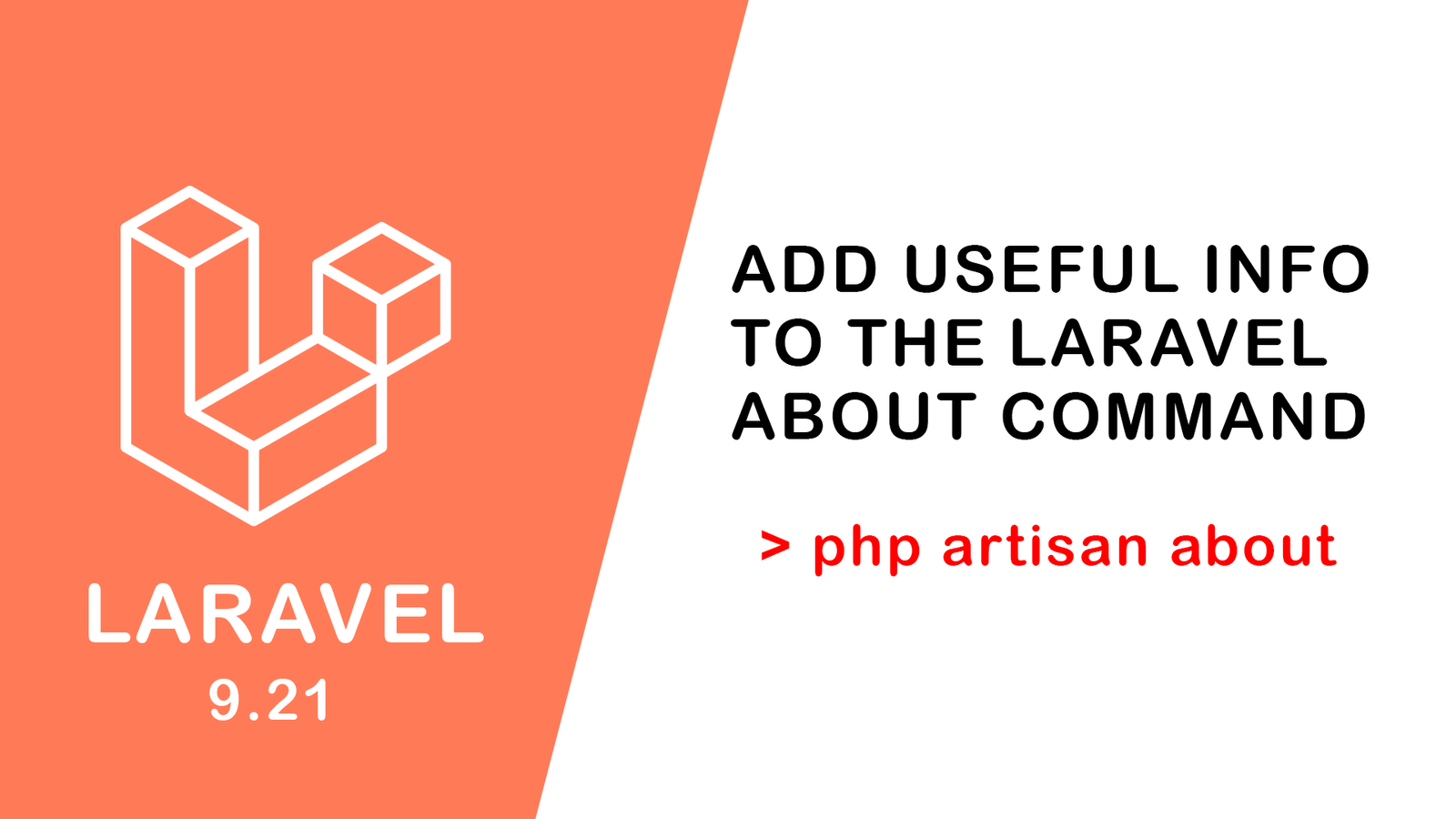
Add Useful Info to the Laravel Abou...
July 27,2022
Learn Most Common Git Commands
July 26,2022
React Hooks: Array Destructuring Fu...
July 25,2022
Laravel 8 CRUD operation
July 23,2022
How to Generate QR Code in Laravel...
July 21,2022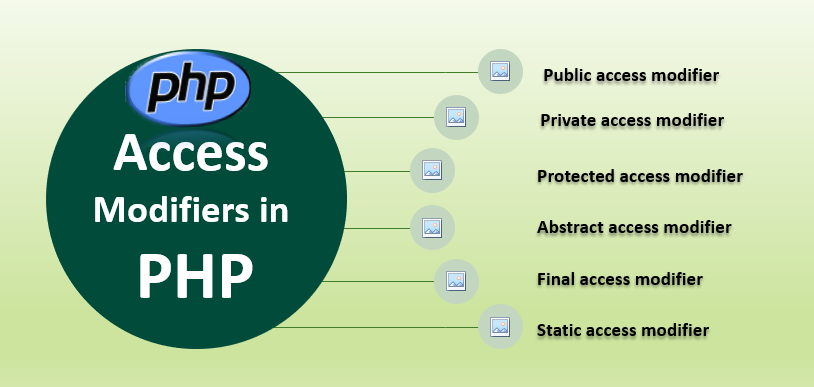
Access specifier in php
July 20,2022


